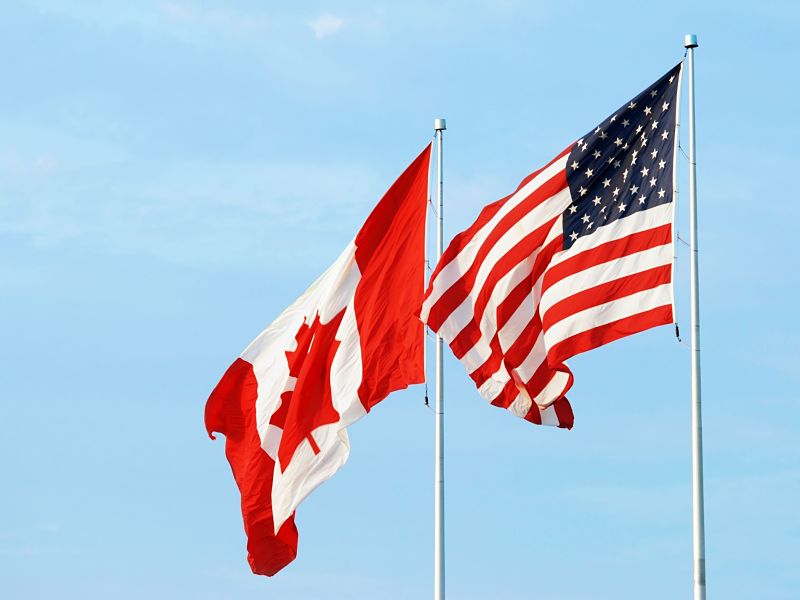
From time to time, we encounter clients who have a U.S. individual retirement account (IRA), which generally arose during a period of time when they were working and living in the U.S.
An IRA is similar to an RRSP in that contributions are tax deductible, the funds grow tax sheltered while invested inside the account, and there is an annual “required minimum distribution” for investors after the age of 70.5 in which funds are required to be withdrawn and are taxable as income.
As advisors, we may be tempted to encourage our clients with IRAs — but who have now moved back to Canada — to move these funds back to this country so that we can manage those funds along with the rest of their Canadian retirement savings, which may consist of RRSPs, TFSAs and non-registered funds.
Although an IRA can be transferred, tax-free, to a Canadian RRSP, it’s complicated and not always worthwhile.
Let’s consider the example of Paul, who used to work in the U.S. but has moved back to Canada. Paul is not a U.S. person for tax purposes. He has $100,000 (Canadian dollar equivalent) in an IRA and wants to move it to his Canadian RRSP. He has no unused RRSP room.
Under U.S. rules, it would be a withdrawal and subject to a withholding tax of 30%. If Paul were under 59.5 years of age, there would also be a 10% penalty tax for an early IRA distribution.
For Canadian tax purposes, Paul would include the $100,000 in his Canadian tax return as foreign pension income, but he would get an offsetting deduction for a $100,000 RRSP contribution as there is a special rule that allows a taxpayer to contribute IRA funds to an RRSP without needing unused RRSP room.
The first issue is that to get the full, offsetting deduction, Paul will need to come up with $30,000 (or $40,000, if he is younger than 59.5) in cash to make the full $100,000 RRSP contribution, given the amount lost to U.S. taxes.
The bigger issue is whether Paul can use the $30,000 (or $40,000, if he is younger than 59.5) in foreign tax credits against other income in the year of transfer. If his income in that year was sufficiently high, there should be no problem — and he will be able to move his IRA to his RRSP on a tax-deferred basis successfully.
However, if Paul is already retired and has very little income in the year of transfer, the foreign tax credit may be lost permanently as it cannot be carried forward. This means the IRA funds transferred to an RRSP may be subjected to double taxation: once at 30% (or 40% if he’s younger than 59.5) in the year of transfer and again when the RRSP (or, ultimately, the RRIF) funds are withdrawn and taxed on his Canadian return.
